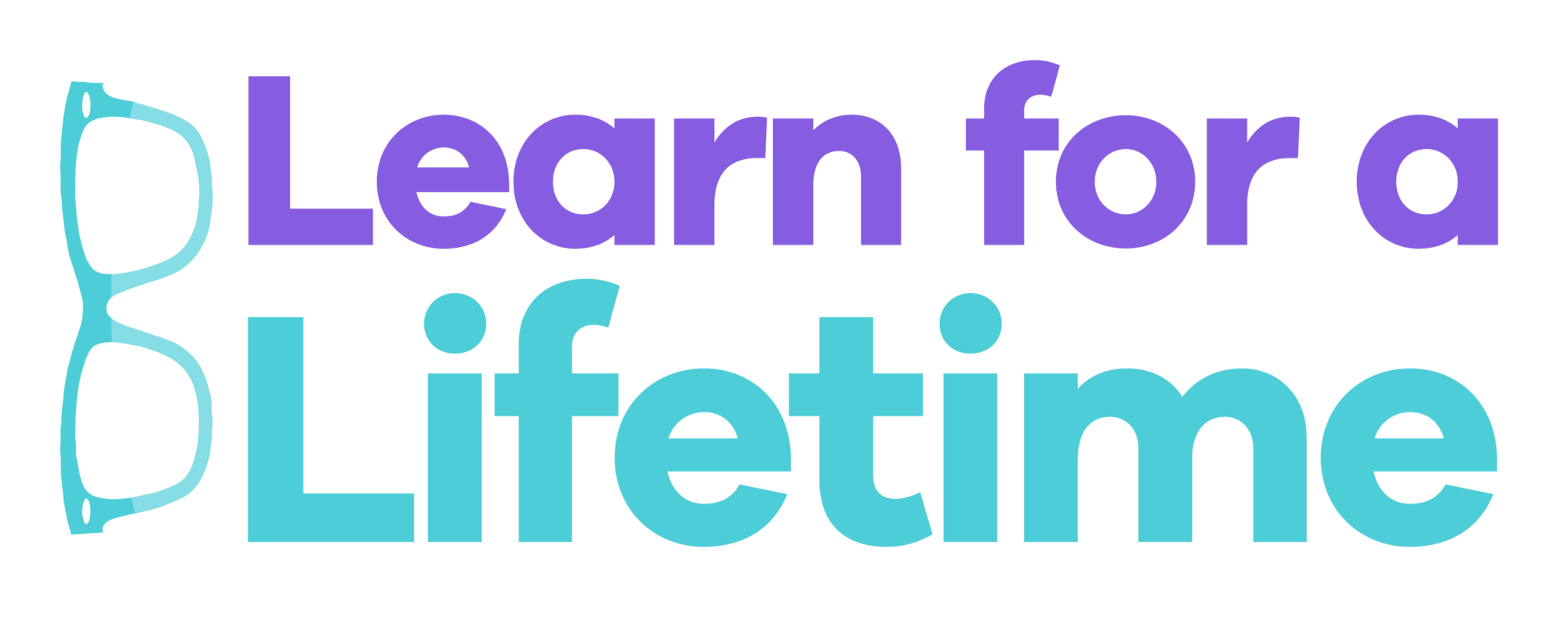Everyday Instructional Coaching: Seven Daily Drivers to Support Teacher Effectiveness by Dr. Nathan D. Lang-Raad
For the first post in the series, follow this link.
First of all, some full disclosure. I didn’t buy this book. I won it. Go listen to Leader of Learning, a podcast by my #EduMatch friend, Dan Kreiness. Dan interviewed Dr. Lang-Raad on episode 26 of his podcast, and the it was wonderful! I tweeted about how impactful the episode was, especially in light of starting my new position as a personalized learning coach, and lo and behold, I won a copy of the book!
Coaching has been an excellent way for me to grow as an educator. I have appreciated all the different viewpoints that I’ve been able to listen to, process, and understand. This fits in really well with the first two “drivers” of coaching that Dr. Lang-Raad talks about in his book: Collaboration and Transparency.
Collaboration
It’s really easy to dismiss attempts at collaboration; however, setting aside time for collaboration allows for schools to invest in the process of teaching and learning as well as creating “highly functional, creative, and impactful teams.” (Lang-Raad, 2018)
The chapter on collaboration talks about diversity, dissonance, and balance. One valuable framework in this chapter is the PAUSE mnemonic by Howard Ross (2014).
P: Pay attention to what’s actually happening beneath the judgements and assumptions.
A: Acknowledge your own reactions, judgments, and assumptions.
U: Understand the other reactions, judgments, and assumptions that may be possible.
S: Search for the most constructive, empowering, or productive way to deal with the situation.
E: Execute your action plan.
I want to share two notes that I wrote in the margins as I was reading:
“Embracing differences does not mean giving up your own beliefs.” Teachers and students come from different backgrounds. We need to seek to understand each other before we can make progress. Just because someone has a different background than you doesn’t mean that you have to abandon your beliefs in order to agree on how to move forward. Differences can bring learning to both parties.
This also supports my second margin note:
“Build relationships in order to have trust.” This brought me back to a #Sketchnote I saw about leadership. It comes from Tanmay Vora, who blogs at QAspire.com. His article, “Leadership: Start with Trust” shares thoughts about how building a foundation of trust provides support for leadership as a gift, not a threat. (The original article is called “Connect, Then Lead” from the Harvard Business Review.)
Collaborating well requires trust from all parties involved. When we allow ourselves to be open to learning opportunities with every encounter we have, we can truly learn for a lifetime.
Let’s chat about this! What was a lesson you learned from collaborating with someone? Was there an opportunity to PAUSE? How can good leaders build trust with the people around them? Leave a comment, or follow us on Facebook to join the conversation.

